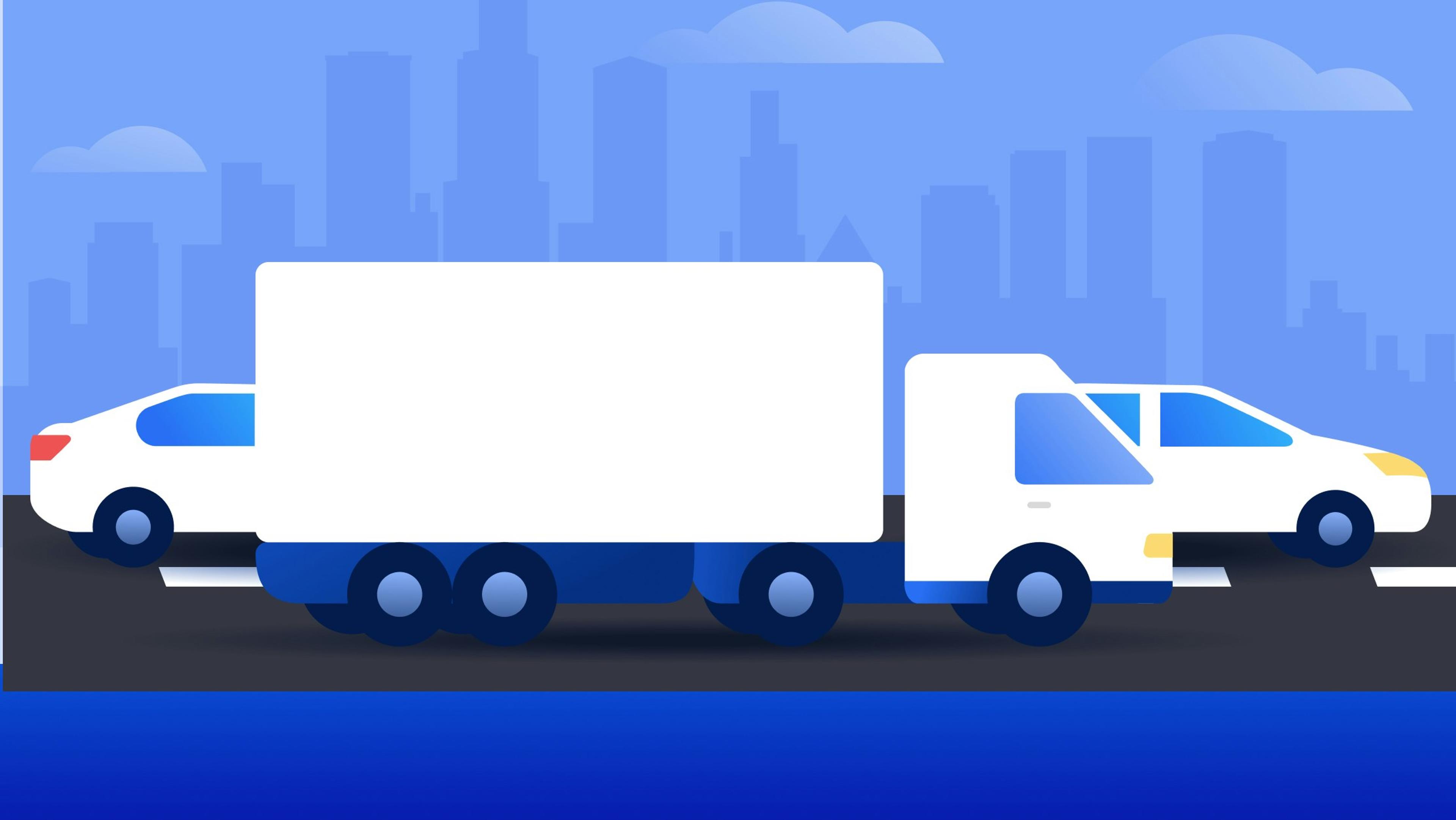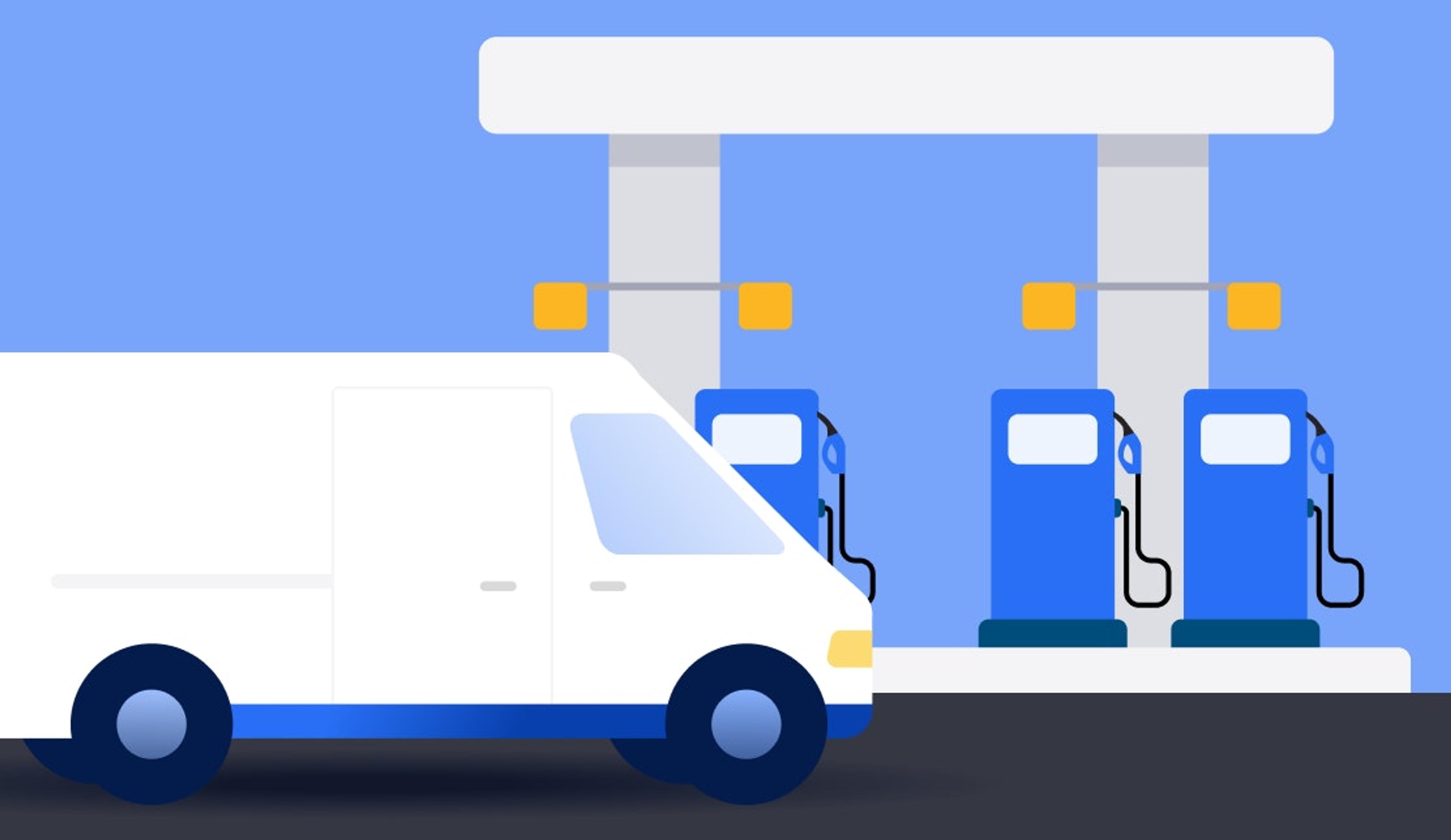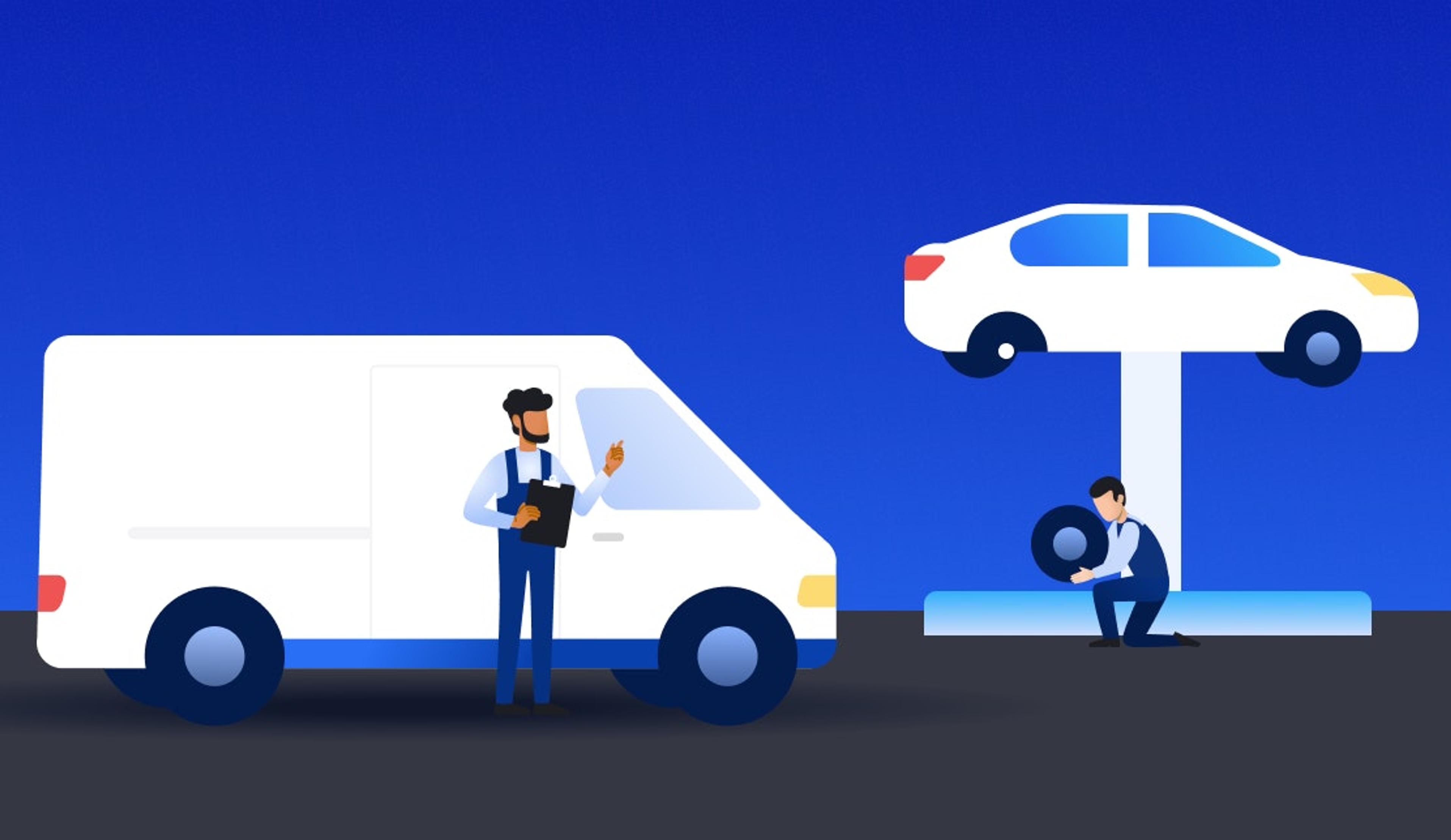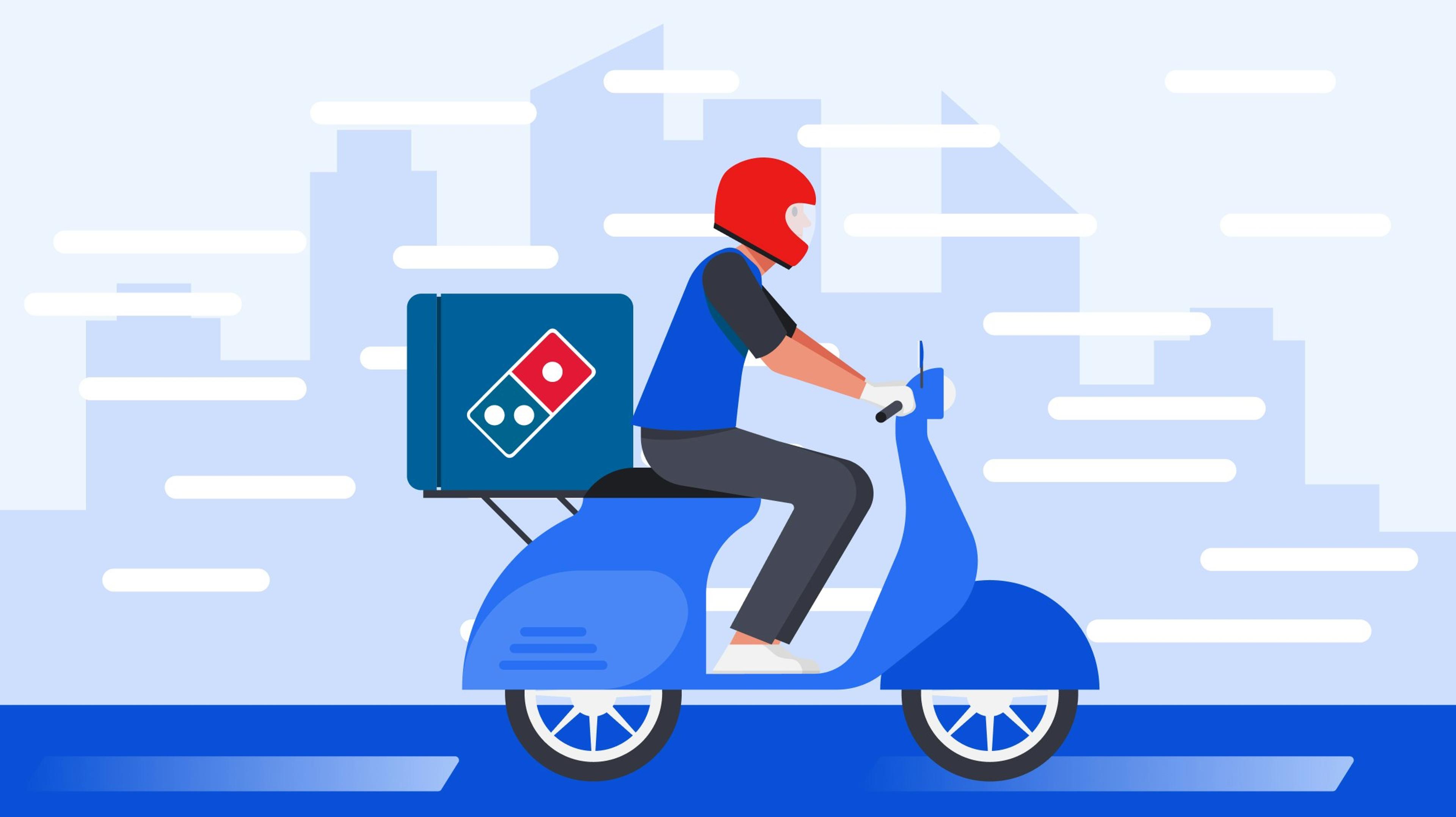10 Common Logistical Issues and How to Beat Them

Beat common logistical issues by managing drivers and deliveries with Circuit for Teams.
As a retail or eCommerce business owner, you’re probably familiar with many logistical issues.
From managing warehousing and inventories to making sure everything has proper packaging, there’s a lot to handle.
Things can often go wrong.
A package might get damaged on the way to its destination. Or you might discover you’re spending way too much money on fuel.
Business operation problems can really affect your efficiency and profitability.
Consumer expectations are also changing. They want faster, cheaper, and hassle-free deliveries.
So, how can your business tackle logistical problems while also keeping customers satisfied?
I’ll take you through the different logistical challenges businesses face and how you can solve them.

10 logistical issues and how to beat them
Logistics is the process of planning and using strategies to help businesses run smoothly.
But what does logistics mean for a delivery business like yours?
It might involve the organization and management of goods as they transport from point A to point B.
How can you do this?
You’ll need a well-designed supply chain to move goods from your warehouse to customers.
Delivery logistics can include inventory management, warehousing, picking and packing, transportation, and returns management.
The COVID-19 pandemic threw a wrench in supply chains and the global economy experienced a slowdown, but supply chain management has become easier thanks to technological innovations.
Let’s take a look at some logistical problems you might face and how to tackle them.
1. Finding the best routes for drivers
If you manage a large number of drivers who cover many deliveries all over town, you probably face issues related to planning their daily routes.
If you don’t plan routes well, drivers could end up:
- Spending large amounts of time on the road
- Driving from one end of town to another to make deliveries
- Getting stuck in traffic
- Missing delivery deadlines
This is why finding the best routes for your drivers is important.
You can do this with software like Circuit for Teams.
The routing software optimizes delivery routes by mapping out the fastest order of stops for your drivers.
Our tool also plans your routes in a way that avoids traffic and other road conditions like construction.
This allows your drivers to complete more deliveries — making customers happy and saving fuel and time.
Simply upload delivery addresses through an Excel or CSV file and leave the rest to us.
2. Inaccurate forecasting
Planning and forecasting are important for running any successful business.
If you don’t use internal data to plan for the future and make predictions about potential demand, you’ll end up with chaos.
Imagine facing a huge number of orders that you didn’t prepare for.
Seems scary, doesn’t it?
Forecasting can help with capacity planning by making sure you have the right resources to meet expected demand.
For example, if data says customers make more online purchases during the holiday season, you can make preparations to handle the extra workload in those months.
Similarly, forecasting can help prevent mistakes and roadblocks.
For example, many businesses started making alternate arrangements for supplies within the first few weeks of the Russia-Ukraine war.
The goal was to avoid disruptions to their supply chains.
You can improve your company’s planning and forecasting by gathering and analyzing data from your sales, delivery, marketing, and inventory departments.
You can even hire third-party logistics companies (3PL) to handle your logistics management.
3PL companies can help you manage the supply chain by taking over certain parts of your supply chain.

3. Increasing fuel costs
Rising fuel prices are a struggle for any delivery business.
To put it simply, when transportation costs go up, profits can go down.
How can you maintain profits if you’re spending more and more on gas?
With drivers getting stuck in traffic and spending a lot of time on the road, it might feel like your cash is going up in smoke.
Fortunately, there are a few things you can do to fight this problem:
- Consolidate deliveries. Try to send deliveries in large batches. Group packages that are headed to the same area. Use every inch of free space in a delivery truck. Additionally, you can store packages in warehouses based on proximity to their delivery address. This can help you save fuel costs on covering large distances. Learn more about territory planning.
- Invest in route optimization software. Route optimization tools like Circuit for Teams can help map fuel-efficient routes for your drivers that avoid things like traffic and construction.
- Send in your vehicles for regular maintenance. Delivery vehicles experience a lot of wear and tear. This can result in inefficient fuel usage if not checked. You don’t want to make deliveries in a beast that guzzles diesel by the gallon. Instead, send your vehicles for regular maintenance so small issues are fixed early. Frequent servicing can improve your gas mileage by almost 4 percent.
- Invest in fuel-efficient vehicles. Electric or hybrid vehicles can be more cost-effective than diesel or petrol vehicles. Electric vehicles are also better for the environment, as they release fewer greenhouse gasses. Check out our post on finding the right cargo van for you.
- Reduce idling. Idling at traffic signals and in traffic jams consumes fuel. In fact, an idling vehicle burns 1/7 gallons of gas per hour. If you expect to wait more than ten seconds, you should turn your engine off. This can help save fuel.
4. Rising freight costs
Shipping costs have been rising steadily since the pandemic.
In June 2021, transportation from Shanghai to Rotterdam by sea was 547 percent higher than the average over the last five years.
Although freight inflation has decreased, average freight rates are still 170 percent higher than before the pandemic.
So, how can you find the best shipping rates for your business? Here are two ideas:
- Consolidate your deliveries with other small businesses in the area that are sending out deliveries to the same location. This strategy is markedly cheaper, as you only pay for your share of the goods.
- Develop a personal relationship with shippers. If you can establish a friendly rapport with one or two shipping companies, they might be able to offer better rates.
5. Managing customer expectations
As deliveries become more efficient, customer expectations have only increased.
Regular updates and real-time package tracking have become common customer demands.
This is because they want faster deliveries and to stay in the loop at all stages of order fulfillment (including last-mile delivery).
Sending emails or text messages manually can be a big time-suck for your business.
Fortunately, Circuit for Teams lets you automate customer updates by sending real-time notifications of when the driver is about to arrive.
6. Labor shortages
The transportation industry is facing a serious labor shortage.
The American Trucking Association (ATA) predicts that there will be a shortage of 330,000 truck drivers by 2024.
This means hiring and keeping drivers is really important.
You can hire drivers by posting job ads on platforms like Indeed and engaging a local recruiting agency.
You can also plan team activities to help your drivers feel committed to your company’s growth and success.
Driving and delivering are intense jobs. With strategies like route optimization, you can free up some of your drivers’ time and make their lives easier.

7. Vehicle maintenance costs
Vehicle maintenance costs are up by more than 10 percent compared to 2021.
This means the cost of maintaining a large team of vehicles can be high.
Here are some strategies you can adopt to deal with this problem:
- Be proactive about preventative maintenance. Catch a problem while it's still small. Check out our post on understanding DTC codes.
- Optimize routes using delivery software. This can help prevent your vehicles from wearing away. You can use telematics to track vehicle performance and take preventative measures if a vehicle might have issues soon.
- Switch to newer vehicles. Older vehicles use more fuel and may need expensive maintenance or repairs more often.
8. Damaged goods during transit
In-transit damage can be quite common for businesses dealing with last-mile delivery.
This can be due to poor packaging or the product being loaded and unloaded haphazardly.
This can be a logistical nightmare for your delivery company, especially if you have to deal with reverse logistics.
You might need to schedule pickups for damaged goods from the customer and replace or refund their products.
Thankfully, there are some ways to help prevent breakage during transport.
First, make sure to use quality packaging materials. Sturdy packaging can help save a product from damage during transit.
Second, put a quality control (QC) team in place to check the product’s condition at every stage of its transport.
This can help your drivers avoid delivering broken products to the customer.
9. Incorrect or delayed deliveries
Bad logistical operations can result in the wrong packages being delivered to customers or delivery delays.
This can prove to be costly for your business. In fact, failed deliveries cost $17.20 each, on average.
There can be many reasons why deliveries aren’t rolling out smoothly.
You could have a warehousing, picking, or labeling problem.
Alternatively, delivery delays might occur because of poor planning or traffic.
Here’s what you can do:
- Double-check order information before sending anything out for delivery
- Double-check that the correct order was picked
- Use barcodes to store and access error-free information easily
- Invest in good route optimization software (like Circuit for Teams) to help you avoid traffic and construction delays
10. Inaccurate tracking
Tracking appeals to both customers and dispatchers.
Customers want to know where their packages are in real time.
Dispatchers need to know how the day’s deliveries are going and if time-sensitive packages have reached their destinations.
Many software-based tools can give you up-to-date tracking information.
Circuit for Teams, for example, offers dispatchers visibility on the status of their deliveries.
Circuit for Teams also lets customers see where their packages are through notifications.
When customers know they’re expecting a delivery on a particular day, they can plan to be around so they don’t miss the delivery.
However, inaccurate tracking can ruin a customer’s day.
Imagine waiting at home all day only to discover the package is scheduled to arrive the next day.
This helps you avoid unnecessary delays and failed deliveries.
Circuit for Teams makes driver and route management fast and easy
The good news is that route optimization software like Circuit for Teams can help solve several logistical issues.
These include delayed or damaged deliveries, inaccurate tracking, team management, and meeting customer expectations.
Our tool does this by mapping out the fastest sequence of delivery stops that avoid things like traffic jams and construction.
It’s easy to manage multiple drivers at once — just add a list of drivers and routes, and we’ll get you the fastest routes in minutes.
Circuit for Teams also allows you to track your deliveries in real time so you can give customers accurate ETAs.
Send your drivers off on the right routes and save your business time and money.



